Essential Role of Pharmaceutical Reference Standards

Pharmaceutical reference standards are the foundation of drug development, ensuring safety, efficacy, and quality at every stage. These standards are crucial for pharmaceutical testing, helping determine drug potency, purity, and regulatory compliance.
As drug research advances, the need for highly accurate reference standards grows. Pharmaceutical reference standard suppliers provide the high-purity compounds required for drug manufacturing, quality control, and regulatory approvals.
With reference standard suppliers in India expanding their capabilities, the demand for specialised and custom synthesis solutions is increasing. This article explores the importance of pharmaceutical reference standards, their role in compliance and drug development, the complexities of custom synthesis, and emerging trends shaping the future of reference materials.
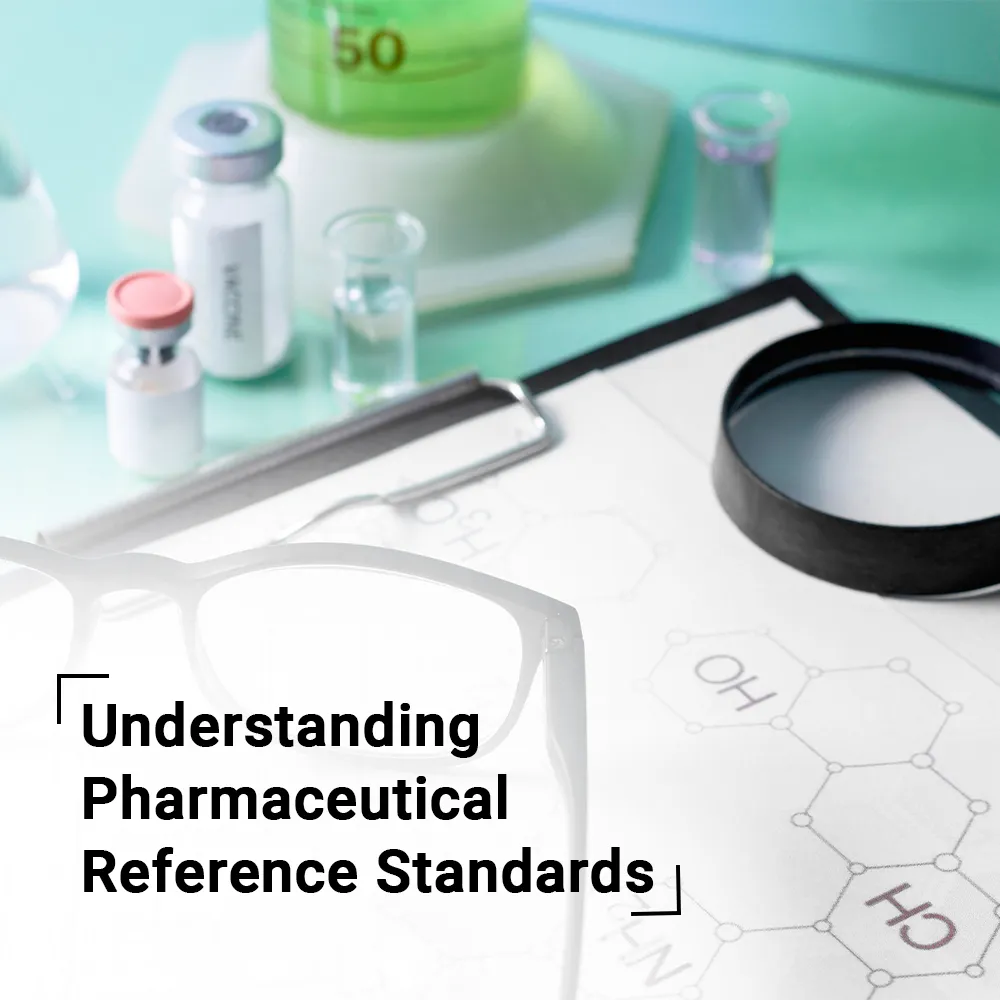
Understanding Pharmaceutical Reference Standards
Pharmaceutical reference standards are the benchmark for assessing drug identity, strength, quality, and purity. These highly characterised compounds ensure drug consistency and compliance with stringent regulatory requirements.
Types of Pharmaceutical Reference Standards
- Primary Standards: Directly linked to international units without requiring calibration.
- Secondary Standards: Calibrated against primary standards for use in routine testing.
Key Roles of Reference Standards
- Validating Analytical Testing Methods – Ensuring laboratory tests produce reliable and reproducible results.
- Supporting Regulatory Compliance – Aligning pharmaceutical products with global pharmacopoeial standards such as USP, EP, and JP.
- Aiding in Stability Studies – Confirming long-term drug efficacy and safety.
- Facilitating New Drug Development – Providing essential benchmarks for innovative formulations.
Top pharmaceutical reference standard suppliers ensure that drug manufacturers and research laboratories have access to high-quality materials for these critical processes.
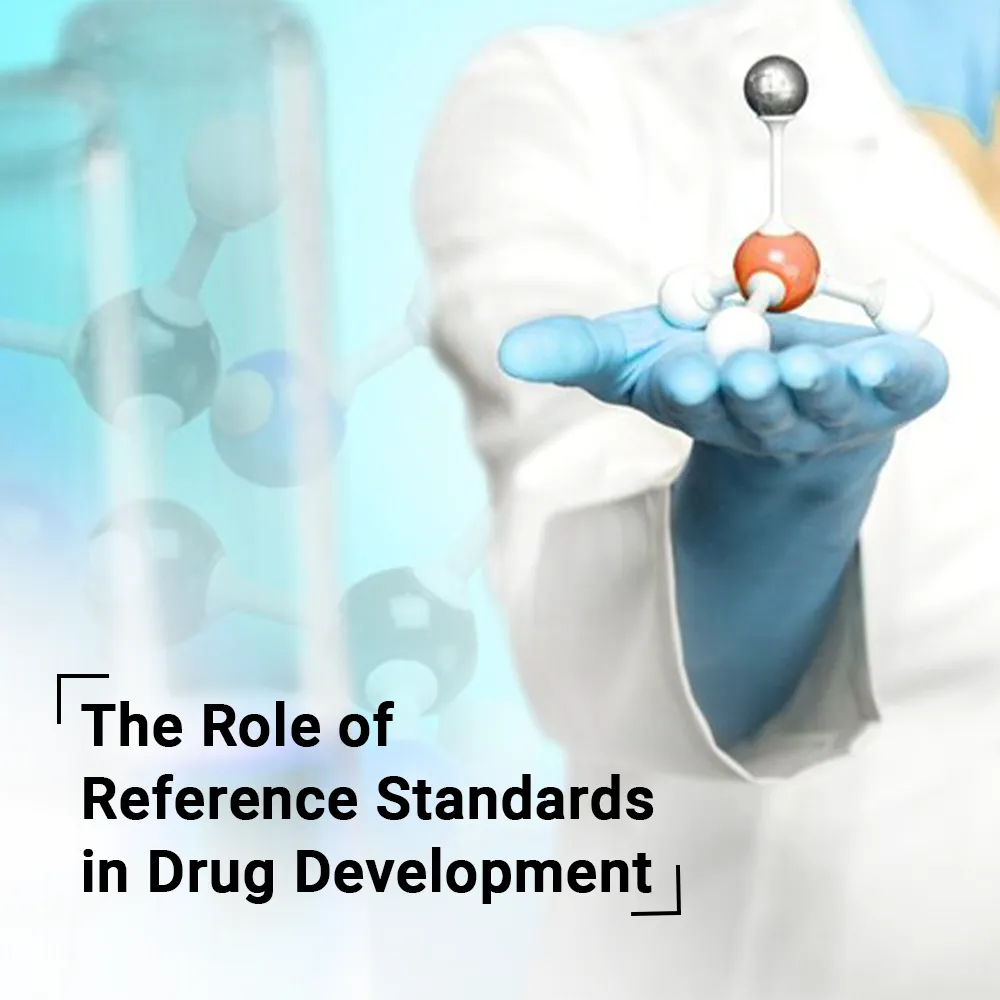
The Role of Reference Standards in Drug Development
Drug development is a multi-stage process where reference standards are essential in ensuring safety, quality, and efficacy.
Key Contributions of Reference Standards
- Standardisation of Assays – Ensuring reliable and reproducible testing throughout drug development.
- Facilitating Generic Drug Production – Helping manufacturers match the quality and effectiveness of branded medications.
- Enhancing Precision in Complex Molecules – Essential for biologics, peptides, and other advanced drug formulations.
With growing pharmaceutical research, reference standard suppliers in India are enhancing their infrastructure to provide high-purity standards for both global and domestic markets.
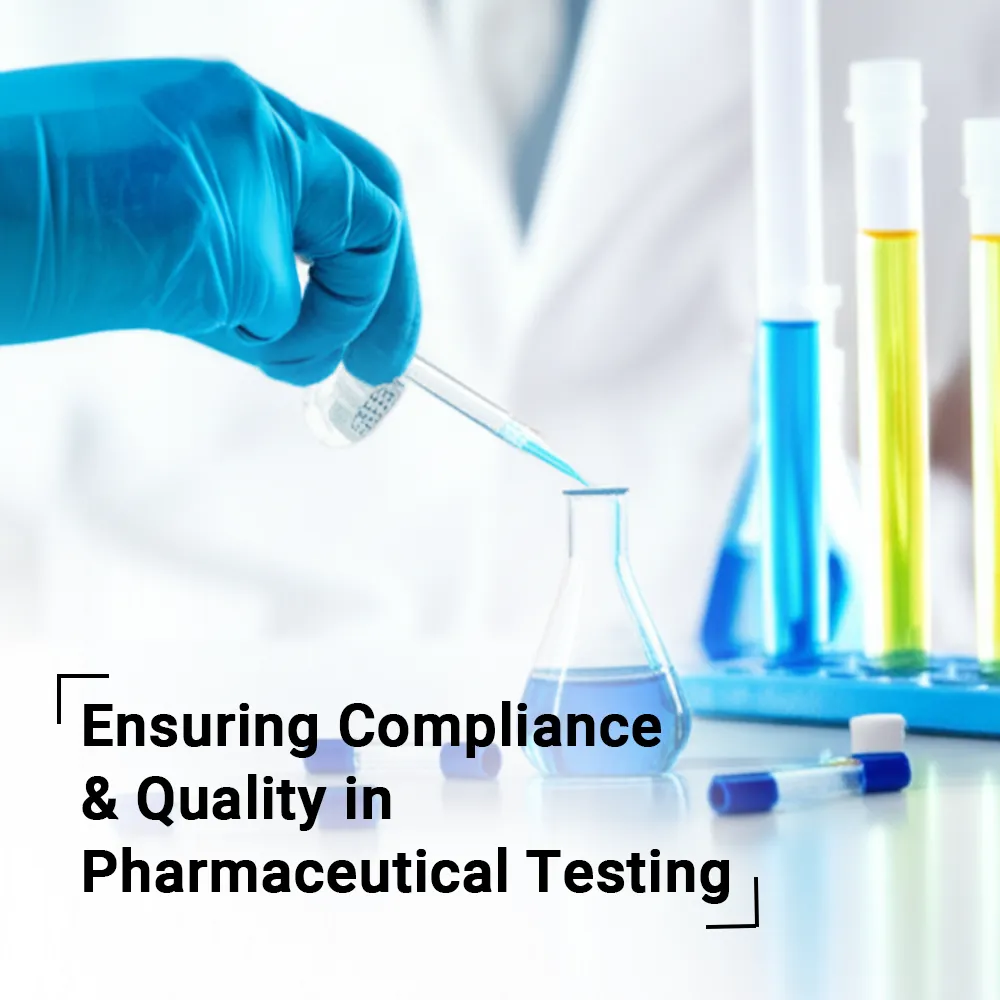
Ensuring Compliance and Quality in Pharmaceutical Testing
Maintaining quality in pharmaceuticals is essential. Reference standards ensure consistency across batches and compliance with stringent global regulations.
How Reference Standards Ensure Compliance
- Regulatory Alignment – Compliance with international pharmacopoeias (USP, EP, JP).
- Impurity Testing – Identifying and quantifying impurities for drug safety.
- Benchmarking Analytical Methods – Ensuring accuracy in pharmaceutical testing procedures.
- Calibration of Instruments – Standardizing laboratory equipment for precise results.
The demand for pharmaceutical reference standard suppliers continues to grow as regulatory bodies tighten compliance requirements. These suppliers are crucial in securing approvals for new drugs and maintaining product quality.
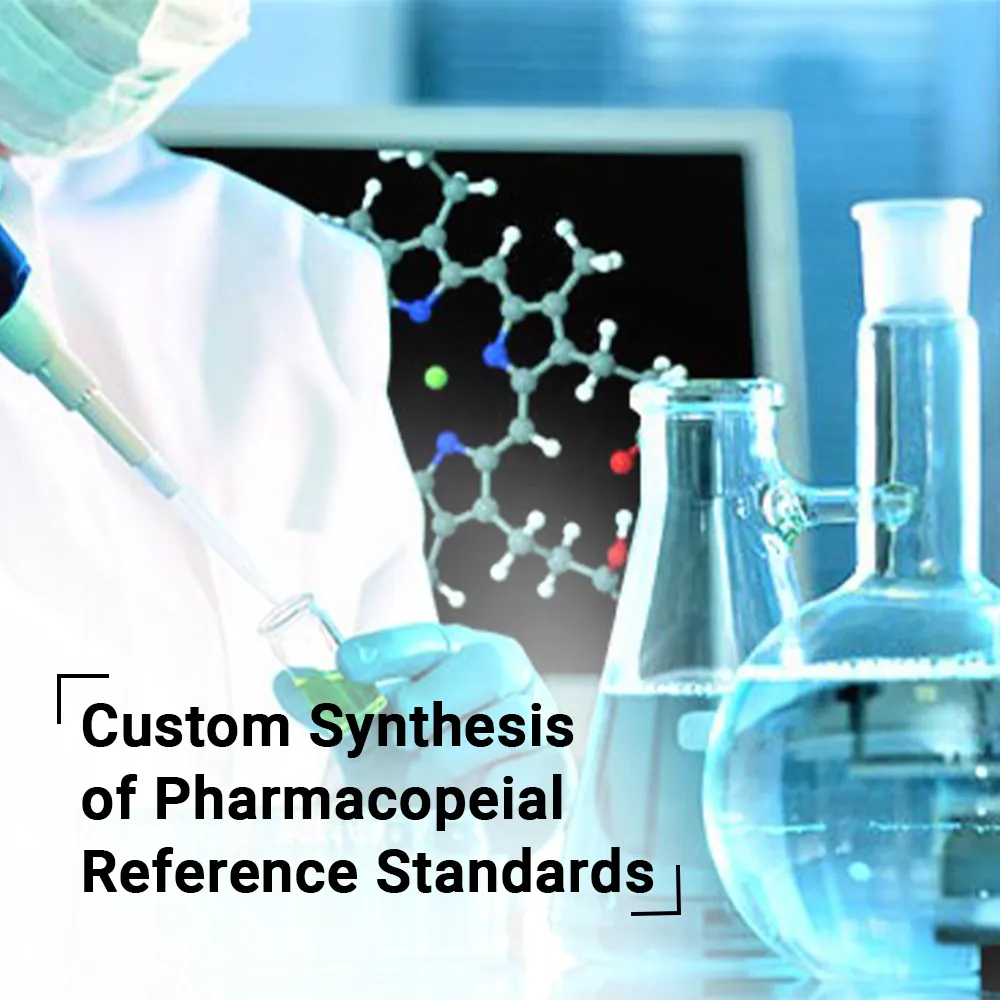
Custom Synthesis of Pharmacopeial Reference Standards
When specific reference standards are not commercially available, custom synthesis becomes essential. This process involves developing high-purity standards tailored to unique pharmaceutical requirements.
Why Custom Synthesis is Essential
- Addresses Niche and Complex Compounds – Critical for innovative formulations and rare substances.
- Ensure Consistency and Quality – Custom reference standards maintain precision in drug testing.
- Supports Regulatory Submissions – Provides validated data for drug approval processes.
Steps in the Custom Synthesis Process
- Identification of Need – Determining the necessity for a specific reference standard.
- Synthesis Route Design – Developing a precise chemical pathway for production.
- Laboratory Synthesis – Creating the compound in controlled conditions.
- Rigorous Testing – Confirming identity, purity, and stability.
- Comprehensive Documentation – Ensuring traceability and regulatory adherence.
Top reference standard suppliers in India offer custom synthesis solutions to meet the increasing demand for precision and quality in pharmaceutical research and production.
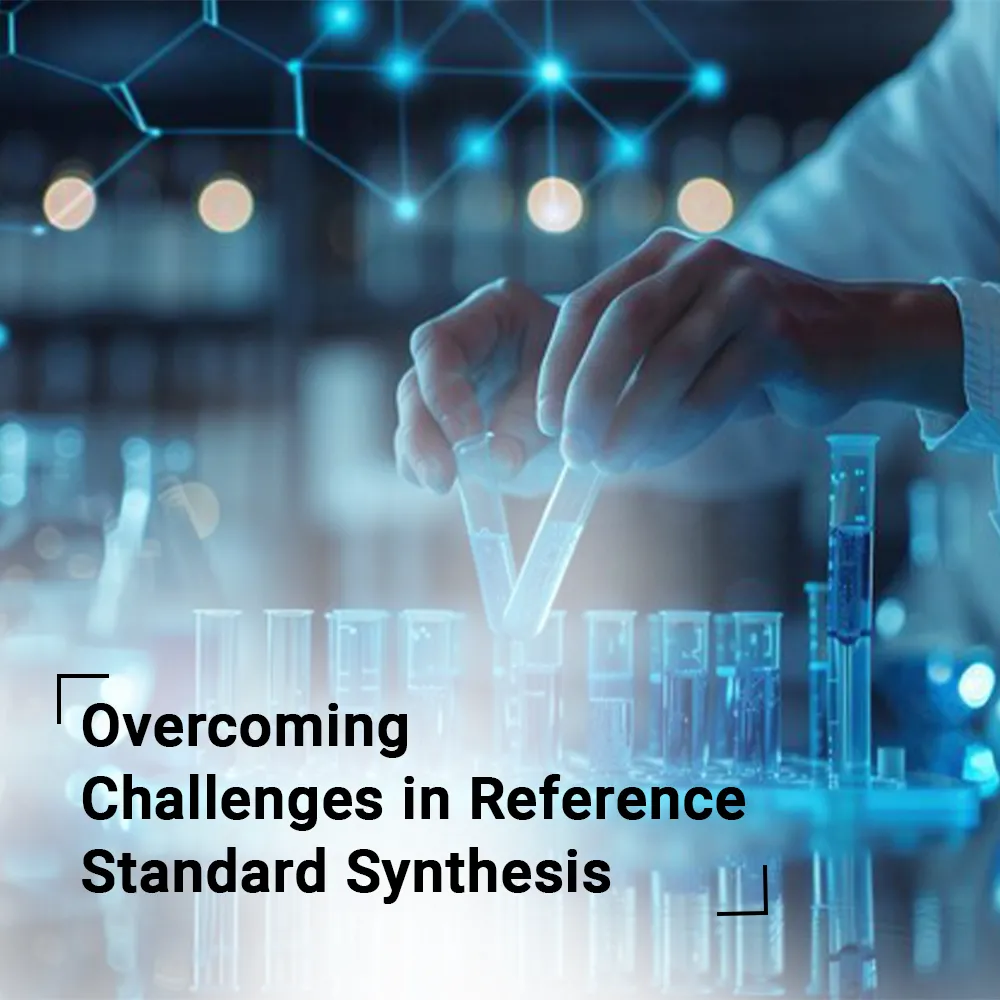
Overcoming Challenges in Reference Standard Synthesis
Despite their importance, producing high-quality reference standards comes with challenges, including:
- Complexity of Modern Molecules – Advanced drugs, including biologics, require sophisticated synthesis techniques.
- Batch Consistency – Ensuring uniformity in production for reliable testing.
- Regulatory Compliance – Meeting stringent global quality standards.
- Cost Factors – While custom synthesis can be expensive, it guarantees compliance and safety, reducing risks in drug manufacturing.
By working with experienced pharmaceutical reference standard suppliers in India, pharmaceutical companies can overcome these challenges while ensuring drug quality and regulatory compliance.

The Future of Pharmaceutical Reference Standards
As the pharmaceutical industry advances, the role of reference standards will continue to expand, adapting to new developments and technologies.
Emerging Trends in Reference Standards
- Tailored Reference Standards – Increasing demand for custom solutions for novel drugs.
- Global Harmonization – Strengthened collaboration between regulatory bodies and pharmaceutical companies.
- Advanced Analytical Techniques – Enhanced precision through AI and automation in quality control.
- Digital Transformation – Blockchain for traceability, real-time data tracking, and secure documentation.
- Sustainable Practices – Eco-friendly synthesis methods aligned with global sustainability goals.
Conclusion
Pharmaceutical reference standards are fundamental to drug quality, regulatory compliance, and patient safety. As drug formulations become more complex, the need for high-quality, custom reference standards will continue to rise.
Pharmaceutical reference standard suppliers are essential partners in ensuring drug safety and efficacy. They provide the necessary benchmarks for analytical testing, impurity standards, and regulatory approvals.
For pharmaceutical companies, collaborating with reference standard suppliers in India and globally is more than just a compliance necessity. It is a commitment to excellence in drug development and public health safety.






